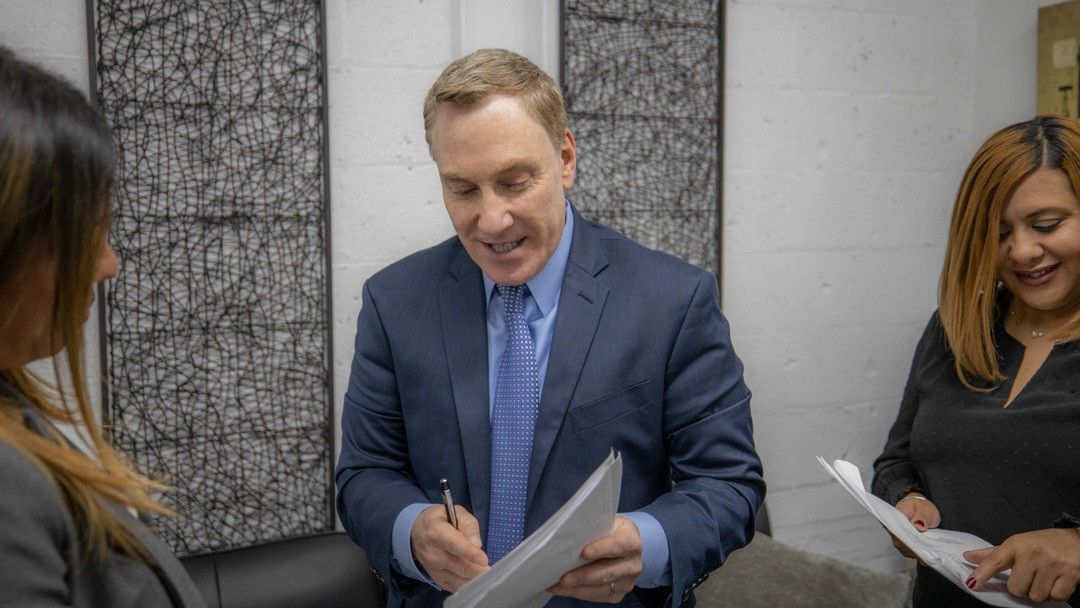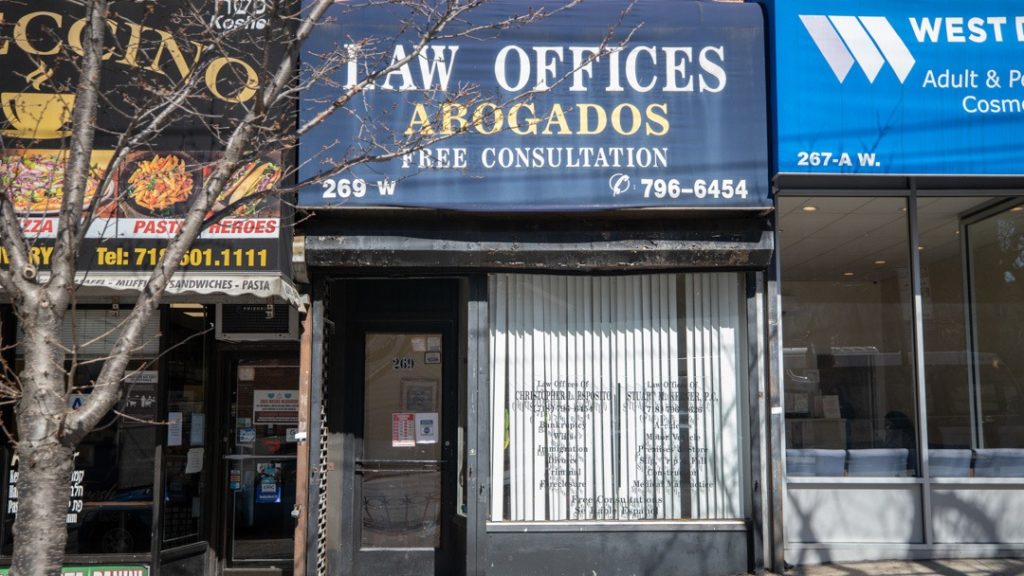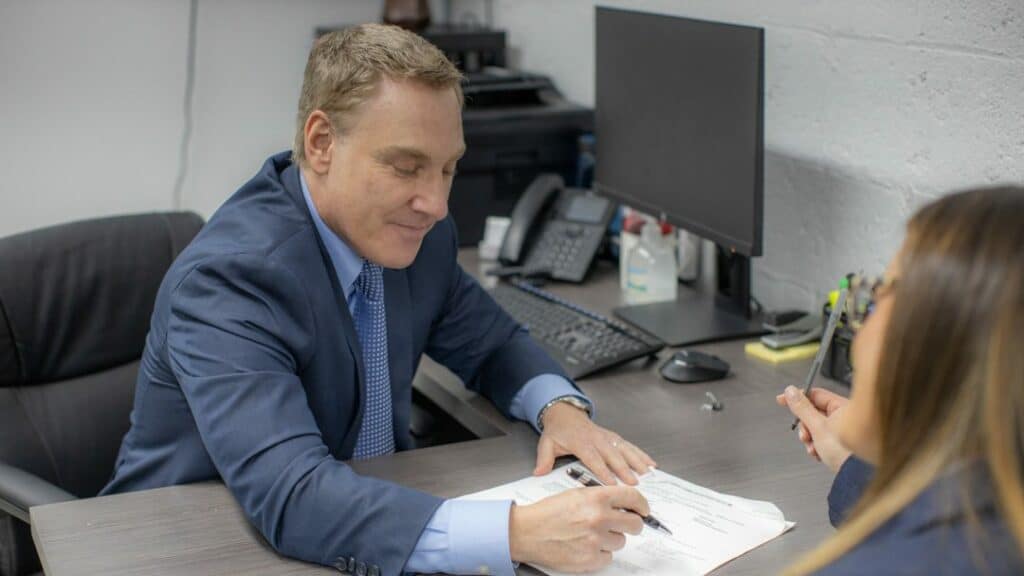
How Long Do Slip And Fall Cases Take: Trial And Settlements
How Long Do Slip And Fall Cases Take
Trip, slip, and fall cases can occur when someone slips, trips, or falls due to hazardous conditions on someone else’s property. These cases can happen to anyone, anywhere, and at any time. They can cause severe injuries and even permanent disability. Typical trip, slip, and fall accidents can occur in places like grocery stores, parking lots, a building lobby, or even someone’s home.
If you have suffered a trip, slip, and fall accident injury due to someone else’s negligence, you may be entitled to compensation for your injuries, lost wages, and other damages. This article will discuss how long a trip, slip, and fall case takes to possibly obtain a settlement or go to trial.
How Long Do Slip And Fall Cases Take: Trial And Settlements
The time it takes for a trip, slip, and fall case to reach trial or settlement depends on several factors, including the number of potential defendants, the time to get through litigation, and how backed up the Courts are to actually get a jury for trial.
Factors such as the clarity of evidence, the willingness of the parties to negotiate, and the severity of the injuries involved can also influence the timeline. Sometimes, external factors, like changes in laws or regulations, can extend or shorten the process. It’s important to understand that each case is unique, and the duration can vary based on its specific circumstances. While quick resolutions are preferred, ensuring that justice is served remains paramount.
A case can be settled at any time. However, these types of cases usually do not settle until a large amount of discovery and investigation has taken place.
Grounds for Trip, Slip, and Fall
In trip, slip, and fall cases, the property owner, store owner, or manager may be held liable for the injuries that resulted from the accident.
To win a trip, slip, and fall case, certain elements must be met. The plaintiff must be able to prove that the defendant, by its employees, knew or should have known about the dangerous and unsafe condition and, once known, failed to take reasonable action to remedy it. Also, if the dangerous and unsafe condition existed for a certain amount of time and the owner of the premises did not do anything to remedy the condition, they may be held liable as well. Negligent property owners can be held liable for an injury if they created a dangerous condition that caused the trip/slip and fall.
If you have been injured in a trip, slip, and fall accident, the first step is to consult a personal injury attorney at a reputable law firm. An experienced lawyer can help determine if you have a valid case and guide you through the legal process. They can also help you gather evidence and negotiate a settlement with the defendant’s insurance company.
Cost of Medical Treatment
The cost of medical treatment often varies based on injury severity and required care.
The amount of medical care and treatment that the injured person needs can significantly impact the time it takes for a trip, slip, and fall case to reach a settlement or go to trial. If the plaintiff has suffered severe injuries that require ongoing medical treatment, settlement negotiations cannot begin until treatment is nearly completed.
In addition to the direct costs of medical care, there are also indirect costs to consider. These can include transportation to and from medical appointments, home care or modifications, and even lost wages due to the inability to work during the recovery period.
Each injury brings with it a unique set of medical needs. For instance, a simple fracture might only require a few X-rays and a cast, while more severe injuries, like traumatic brain injuries, might entail extensive surgeries, long-term therapy, and continuous monitoring.
It’s also important to remember that some injuries have long-lasting effects that might not be immediately apparent. Conditions could develop or worsen over time, necessitating further treatment down the line. This is why it’s crucial for the plaintiff’s lawyer to thoroughly evaluate not only the current but also potential future medical expenses.
Therefore, it may take longer to reach a settlement or go to trial. The plaintiff’s lawyer may need to wait until the plaintiff has reached maximum medical improvement before negotiating a settlement.
Litigation & Settlement Negotiation
The time it takes for a trip, slip, and fall case to reach a settlement or trial can also depend on how long it takes to negotiate a settlement with the defendant’s insurance company.
If the defendant’s insurance company refuses to settle, the case may go to trial, which can take longer to resolve. Many claims are able to avoid trial and go through a mediation process where a mediator works together with the parties to try and negotiate a settlement.
Additionally, the complexity of the case and the clarity of evidence play a vital role in settlement discussions. When evidence is strong and clearly points to the defendant’s liability, insurance companies may be more inclined to settle early. Conversely, if they believe the plaintiff’s claim has weaknesses, they might be more resistant to agreeable terms.
Furthermore, the experience and negotiation skills of the representing attorney can heavily influence the outcome. A seasoned lawyer will often have a better grasp of the nuances and strategies involved in pushing for a favorable settlement, ultimately benefiting the plaintiff.
Collecting and Presenting Documentation
The time it takes to collect and present evidence (also called the discovery phase) in a trip, slip, and fall case can also affect how long it takes to reach a settlement or trial.
Evidence that can be collected includes photographs of the accident scene, witness statements, medical records, and other documentation of the plaintiff’s injuries, including medical attention costs and costs for emotional anguish. The thoroughness and accuracy of this evidence are crucial to building a strong case.
Moreover, ensuring the authenticity and relevance of each piece of evidence is vital to prevent potential disputes or challenges in court. It may take some time to gather all this evidence, which can delay the process.
Pre-Trial Discovery Stage and Motion
The pre-trial discovery phase is where both sides gather evidence and information from each other, aiming to understand the strengths and weaknesses of their respective cases.
During this stage, both parties may submit motions, such as a motion to dismiss or a motion for summary judgment. These motions can address procedural issues or even challenge the merits of the case.
The time it takes to reach trial or settlement can be impacted by how long the discovery process takes and how many motions are submitted. This timeline will also depend on a trial date set by the courts months in advance.
Case Trial Timeline
If a trip, slip, and fall case goes to trial, it can take several months or even years to resolve.
The trial length depends on several factors, such as the case’s complexity, the number of witnesses, and how many issues need to be resolved. Mostly, the Courts in the City of New York are very backlogged, with thousands of cases waiting to go to trial. So, the Court calendar is a big reason for delays in trial.
At trial, both sides will present evidence and arguments to a judge or jury during the trial, with a jury ultimately deciding on the case’s outcome. The trial may involve expert witnesses, such as doctors or engineers, who will provide testimony on the plaintiff’s injuries or the condition of the property where the accident occurred.
The trial length can also be affected by how many days are allocated for the trial, as the court may have a limited number of available days to hear the case. Additionally, there may be delays in scheduling the trial due to court backlog or the availability of witnesses or attorneys.
Once the trial is over, the judge or jury will deliver a verdict. If the plaintiff wins, they will be awarded damages based on the severity of their injuries and any other damages incurred due to the accident. If the defendant wins, the plaintiff will not be awarded any damages.
Case Settlement Timeline
Settlement negotiations for trip, slip, and fall cases can take several months and involve both sides negotiating a settlement amount that is agreeable to both parties.
If a settlement is reached, the plaintiff will receive compensation for their injuries and other damages incurred due to the accident.
The time it takes to settle can depend on several factors. If the plaintiff’s injuries are severe, the plaintiff’s lawyer may wait until the plaintiff has reached maximum medical improvement before negotiating a settlement. This can delay the process as the plaintiff’s medical care may take months or even years.
Additionally, the liable party’s insurance company may be unwilling to offer a fair settlement amount. In this case, negotiations may be drawn out, and the plaintiff’s lawyer may need to file a personal injury lawsuit and continue with litigation to encourage the defendant to offer a more reasonable settlement.
Protect Your Rights After a Trip, Slip, and Fall with Kerner Law Group, P.C.
The timeline for trip, slip, and fall cases can vary greatly depending on several factors. The cost of medical care, the complexity of the case, the number of witnesses, and how many issues need to be resolved can all impact the length of time it takes to resolve.
If you have suffered an injury from a trip, slip, and fall accident, it’s essential to consult with a personal injury lawyer from the Kerner Law Group, P.C. to help guide you through the legal process and obtain the compensation you deserve. Although a case may eventually settle or have to actually go to trial, it is best to get legal advice from experienced attorneys to receive compensatory damages.


